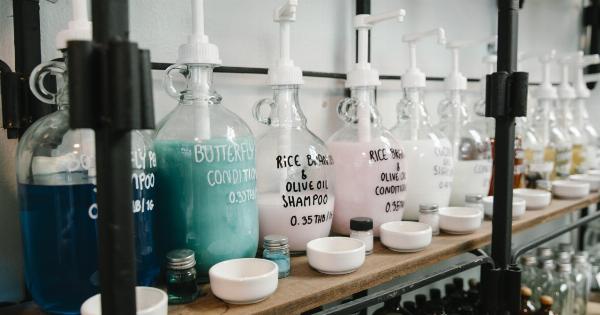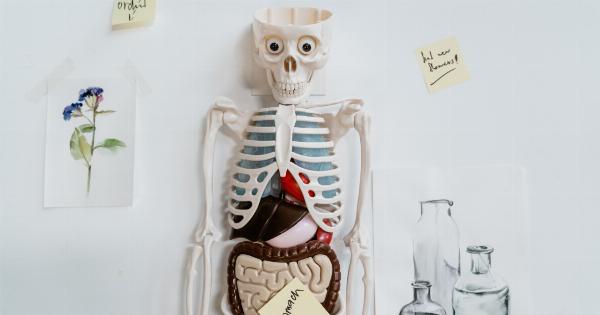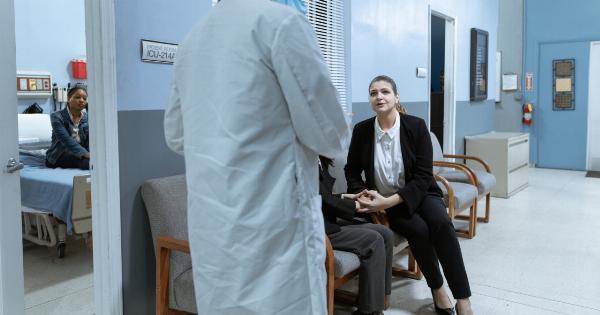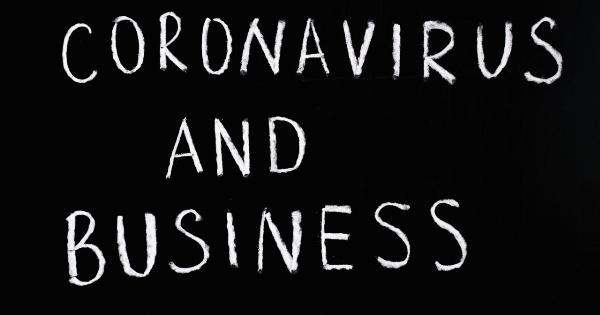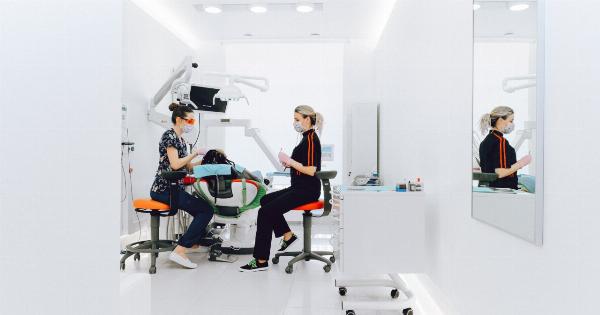In a remarkable medical breakthrough, a blind woman has regained her eyesight after undergoing a successful corneal transplantation surgery.
The surgery, performed by a team of skilled ophthalmologists, has given hope to millions of visually impaired individuals around the world.
The Story of Sarah Thompson
Sarah Thompson, a 35-year-old woman from New York City, had been blind since the age of five due to a congenital condition called keratoconus.
Keratoconus is a progressive eye disease that causes the cornea to thin and bulge, resulting in distorted vision. Despite trying various corrective measures, Sarah’s condition continued to deteriorate, leaving her completely blind.
Discovering the Hope of Corneal Transplants
Desperate to find a solution, Sarah turned to her ophthalmologist, Dr. Emily Adams, who suggested the possibility of a corneal transplantation.
A corneal transplant, also known as keratoplasty, involves removing the damaged cornea and replacing it with a healthy cornea from a donor.
Preparation for the Surgery
Prior to the procedure, Sarah underwent a thorough evaluation to determine her eligibility for the surgery.
The evaluation included a comprehensive eye examination, medical history review, and blood tests to ensure compatibility with potential donor corneas. Fortunately, Sarah met all the necessary requirements and was deemed a suitable candidate for the surgery.
Finding a Matching Donor Cornea
Next, Sarah’s medical team began the search for a matching donor cornea. The waiting time for a suitable donor can vary depending on factors such as tissue compatibility, availability, and demand. Sarah’s ophthalmologist, Dr.
Adams, collaborated with various eye banks to find a matching cornea that would give Sarah the best chance of regaining her sight.
The Transplantation Surgery
Once a matching donor cornea was found, Sarah was scheduled for the transplantation surgery. The procedure took place in a sterile operating room under local anesthesia. Dr.
Adams meticulously removed the damaged cornea and replaced it with the healthy donor cornea. The new cornea was carefully stitched in place, and Sarah’s eye was bandaged to protect it during the initial recovery period.
Recovery and Follow-Up Care
The immediate post-surgery period was crucial for ensuring the success of the transplantation. Sarah was provided with a detailed recovery plan, including medications, eye drops, and specific instructions for post-operative care.
Regular follow-up visits with Dr. Adams were scheduled to monitor the progress and healing of the transplanted cornea.
Regaining Vision
Following a few weeks of healing, Sarah’s bandages were removed, and she began to experience an extraordinary transformation. Gradually, her vision started to improve, and colors and shapes became more distinct.
Over time, her visual acuity continued to improve, allowing her to read, watch movies, and appreciate the world around her in ways she could never have imagined.
The Impact on Sarah’s Life
Sarah’s ability to see again had an immeasurable impact on her life. With her newfound vision, she was able to pursue her dream of becoming an artist, a passion she thought she would never be able to explore.
The simple joys of everyday life, like enjoying the beauty of nature and seeing her loved ones’ faces, became a reality for Sarah.
The Importance of Corneal Transplants
Corneal transplantation surgery has been a game-changer in the field of ophthalmology, offering a ray of hope to those suffering from various corneal diseases and injuries.
It has proven to be a highly successful procedure, with a high rate of transplant acceptance and improved visual outcomes.
The Need for Donor Corneas
One of the major challenges in corneal transplantation is the limited availability of donor corneas. The demand for donor corneas far exceeds the supply, leading to long waiting lists for patients in need.
Raising awareness about the importance of eye donation and encouraging individuals to pledge their corneas after death can significantly help address this critical shortage.
Conclusion
Sarah’s successful corneal transplantation surgery has not only transformed her life but has also ignited hope for countless others suffering from visual impairments.
With ongoing advancements in medical science and increased awareness about corneal transplants, it is hoped that more individuals will be able to regain their sight and experience the world with newfound clarity.





